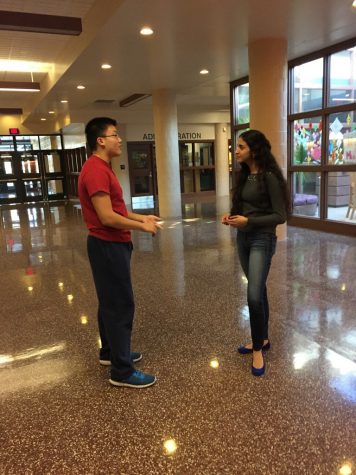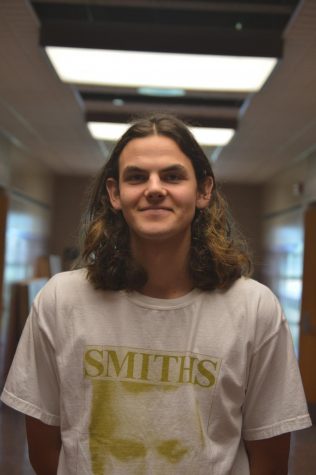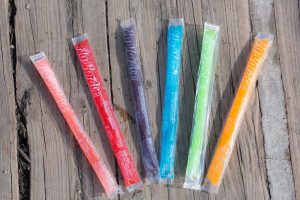HHS Juggles a Variety of Clubs
December 2, 2016
When students with shared interests want to gather for discussion, it might be easier to do so than they think.
Hershey High School is just the place to do so, as it offers 78 student clubs. Although clubs can succeed or fail, the process to get each one started is the same. Clubs also thrive or disband for various reasons, depending on the students who form and attend them.
Among these clubs is the HHS Young Democrats club that has met for about 15 years. Every other Tuesday morning and afternoon, it makes its home in Civics teacher Tim Bean’s classroom. Bean has been the adviser for four years after he took over for former HHS teacher, Mr. Foley.
Bean truly believes that Young Democrats is a student-run club. According to Bean, the club leaders, which is a group of five students, dictate the agenda of club meetings.
Usually, the students decide the democratic policies that will be discussed. However, with 2016 being a presidential election year, the club’s 35 to 40 members met more often to focus on getting votes for Democratic candidate Hillary Clinton.

Young Democrats is not the only club that has achieved long-term success. Other clubs such as Young Republicans, Future Business Leaders of America (FBLA), and Model United Nations accommodate a fair number of students.
Not all clubs are this successful, however.
Cinema Club, started by HHS senior Dan Buser, ended after one year. It gave students interested in movies a chance to gather. The club’s original format was to watch half of a movie in the first meeting, then finish the movie and discuss it in the second.
According to Buser, as time passed, the club meetings changed to those of the superhero club, wherein, “We would just discuss movie news and trailers and debate stuff.”
Even with this new format, the club’s advisor, Mr. Seip, left. When a new advisor could not be found, the club was formally ended.
One thing that all clubs have in common, regardless of success, is the process each went through to get started.
HHS English teacher Richard Bittinger said that students interested in forming a club must complete a proposal. Then, that proposal must be taken to a teacher who the students wish to be the club’s advisor.
The advisor must agree to the use of their classroom when the club needs it. They also do not necessarily need knowledge about the club to advise it. According to Bean, he does not even need to be a Democrat to run the Young Democrats club.
Next, the information must be submitted to HHS principal Dr. Dale Reimann. If everything gets approved, the club can now either flourish or fade on its own terms.
In flourishing or fading clubs, the activities bring students together. “In my mind, a good club is [a place] where people with similar interests can come together and simply interact,” Buser said.






